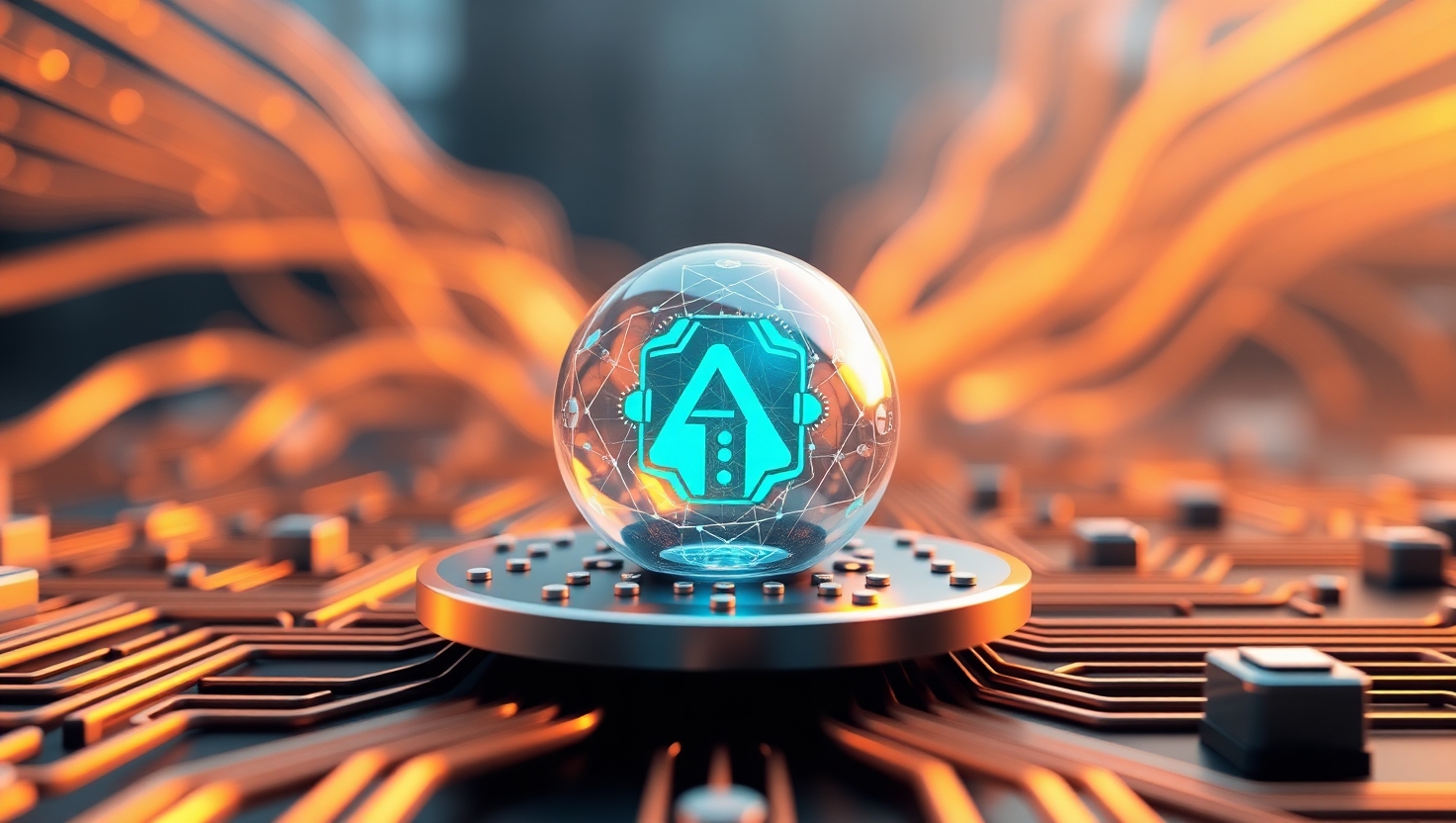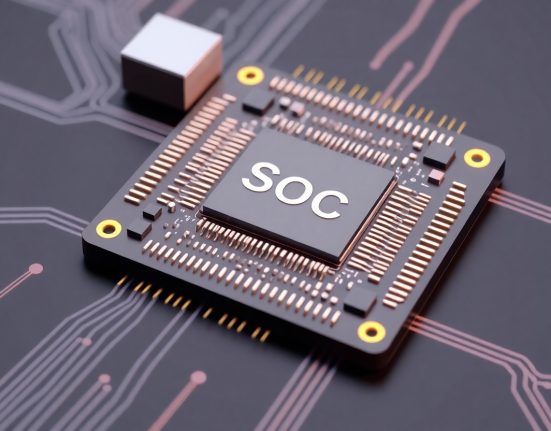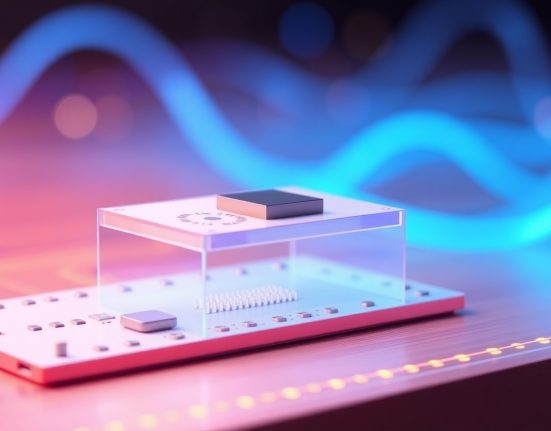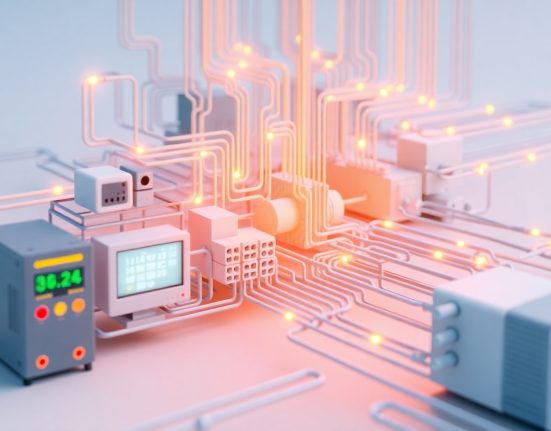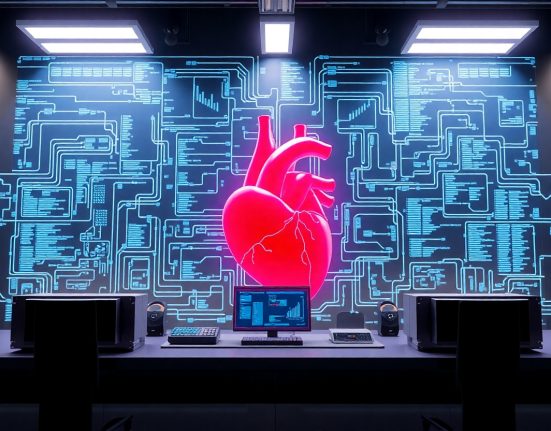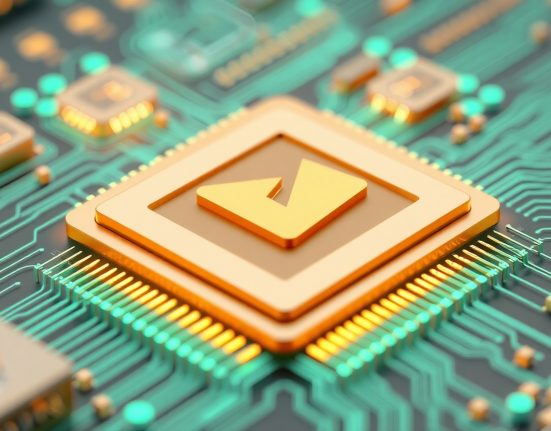I’ve always been fascinated by the idea of a computer understanding itself. For years, we looked at machines as black boxes that simply followed instructions until something went wrong. Then came the slow investigation process, trial and error, opening up the device, replacing parts, and sometimes just guessing. But in recent years, something amazing has been happening behind the scenes of the hardware world. Artificial intelligence is no longer just helping us understand what’s going on inside a machine. It’s starting to understand it on its own and in real time.
What’s truly revolutionary isn’t just that AI can detect failures. It’s how it does it. Modern systems receive an almost endless stream of data from sensors, logs, internal currents, temperatures, processor behavior, every tiny detail most of us would ignore. Then, using machine learning models, the system spots patterns, compares them to huge knowledge bases, detects anomalies and flags issues before they become disasters.
And this is not just impressive. It’s life changing. Imagine a massive data center losing access because of a simple short circuit. Or a medical device behaving strangely due to a loose sensor. In the past, we’d discover the problem too late. Today, AI systems can raise alerts in real time, suggest immediate actions and sometimes even shut themselves down to prevent damage. It feels like magic but it’s really just smart technology used right.
And it’s not just for the tech giants. Even small hardware makers and private users are starting to benefit from intelligent diagnostic systems. It touches every field. From personal computers to cars, power plants, robotics and even everyday household devices. Anything with hardware components can now be monitored and diagnosed on the fly.
What I love most about this whole story is the blend of tech and intuition. These models don’t just respond to obvious problems. They learn to sense when something feels off. They improve over time. And the more they learn, the better they get at catching rare or complex failures. Ones that even experienced engineers might take hours to find.
The hardware world is changing for good. With tools that understand systems from the inside and catch issues before they strike, we’re stepping into a new era of reliability, safety and smoother user experiences. I’m excited to see where it goes next and how it’s going to impact every field that relies on technology.








